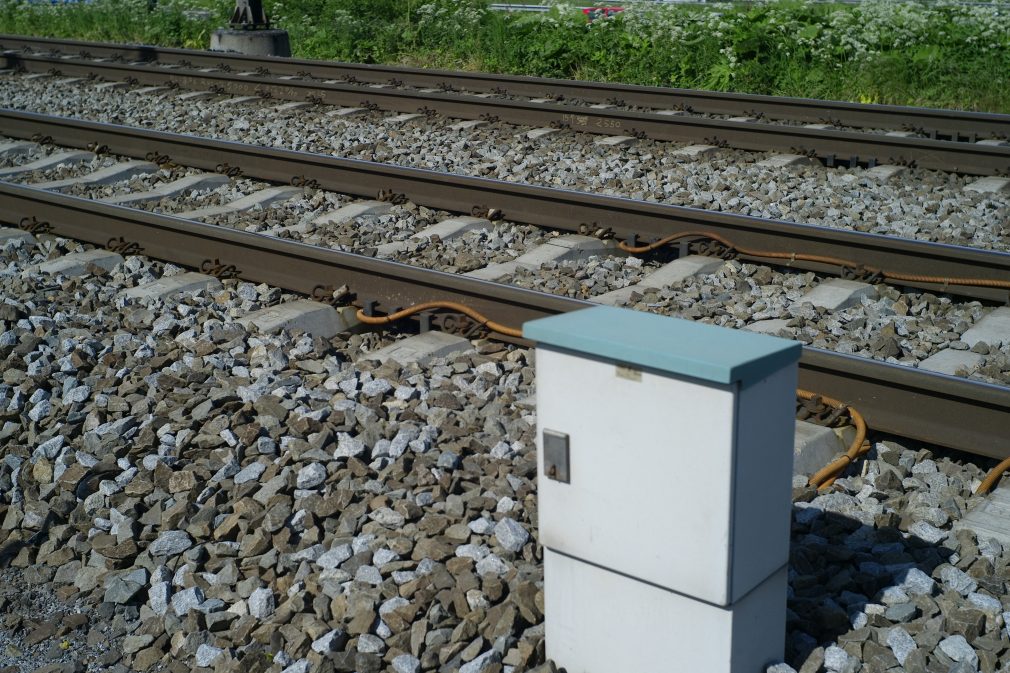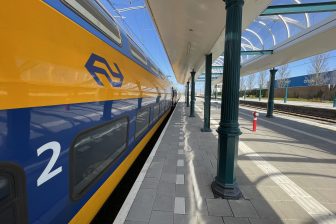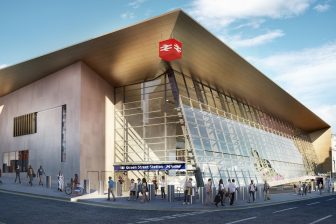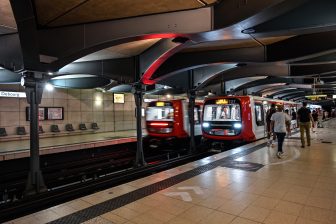
‘Identification tags on trains need to be a European requirement’
“It would be great if there was a European requirement to equip trains with RFID tags”, says Juliette van Driel, Chain Director Wayside monitoring systems at ProRail. RFID (Radio Frequency Identification) tags enable the monitoring and following of the separate components of a wagon, such as axles and wheels, over time. This enables the early identification of locomotive, carriage and wagon defects and, therefore, the prevention of derailments.
ProRail currently use two systems to monitor train axels and wheels: Hotbox Detection and Wheel Impact Load Detection (WILD). Hotbox Detection measures if train axels are getting too hot. Overheating can cause jamming or breakage, which can result in the derailing of trains. If the axels or wheels get too hot, a signal is sent to the train’s service leader, who calls the operator, and the operator brings the train to a halt.
Axles and wheels
WILD is much more widely used than Hotbox Detection, says van Driel. “This system measures the dynamic and static power of the axels and wheels. If these are too high, we stop the train. With the train derailment in Borne, for example, high dynamic power had also occurred. If the carrier had been able to use this information, the derailment could have been prevented.”
On Wednesday 6th November 2013, a loaded freight train’s wagon derailed in Borne. Approximately four kilometres of track were badly damaged by this derailment. Repairs cost around 2.5 million euros and lasted several days.
Maintenance
“You want to prevent problems. You want to have maintenance scheduled before you reach the point where train parts break down. This is important for the longevity of the equipment, but also for track safety. Without an RFID tag, the details only come in based on the train number and it is difficult for the operator to identify which wagon it refers to.”
“If you have measurements linked to wagons, you can also see, for example, when a wheel is deteriorating with time. If you keep getting a measurement where the dynamic power is increasing, you know you need to remove it.”
Measurements
“These measurements provide a wealth of information. Based on the data, we can determine fees for the use of the track. We can also see how many tons are driven over the tracks. This gives us an indication as to when we need to plan maintenance.”
“Although the quality of the material is the responsibility of the carrier, as infrastructure managers we also have a duty of care. We therefore try to make the data which we get from our monitoring systems as transparent as possible for the operators. We send carriers daily reviews of the overruns. During our meetings, we also explain this data. Operators are not obliged to do anything with this information. They can still choose to put the information aside.”
RFID tags
According to van Driel, it would be good if RFID tags were a European requirement. “It’s important because the freight transporters particularly cross the borders. You don’t want to raise any more barriers with national legislation, that’s why this needs to be a European regulation.”
Train operators NS and Arriva have already equipped their trains with RFID tags. Connexxion is busy tagging its equipment. A number of other track-related bodies are also working with the tags. “Maintenance company NedTrain has NS train data in its system fifteen minutes after the measurements have been taken. NedTrain also plans train maintenance based on the measurements. They have a number of alarm levels in their system which prompts immediate action.”
Rail Technology Conferences
Chain Director Wayside monitoring systems Juliette van Driel at ProRail will give a presentation about this topic on 17th November at the Rail Technology Conferences in Paris. The Rail Technology Conferences will run from 17th to 19th November and will address the following themes: Wheel/Rail Interface and Switches, Noise and Vibration and Railways and environment.
Click here to register for this interesting event:
https://www.railtech.com/paris-conference-2016/register/



